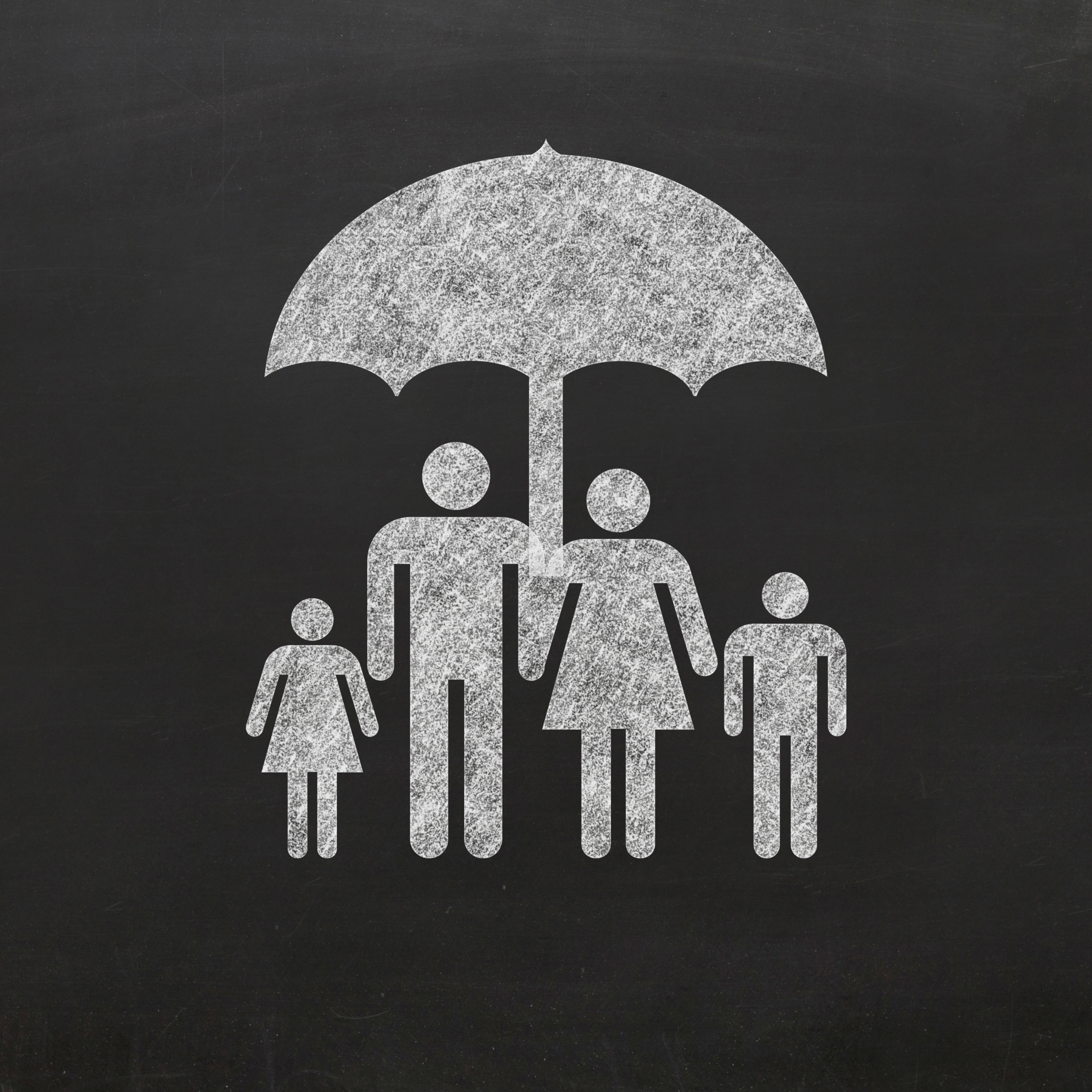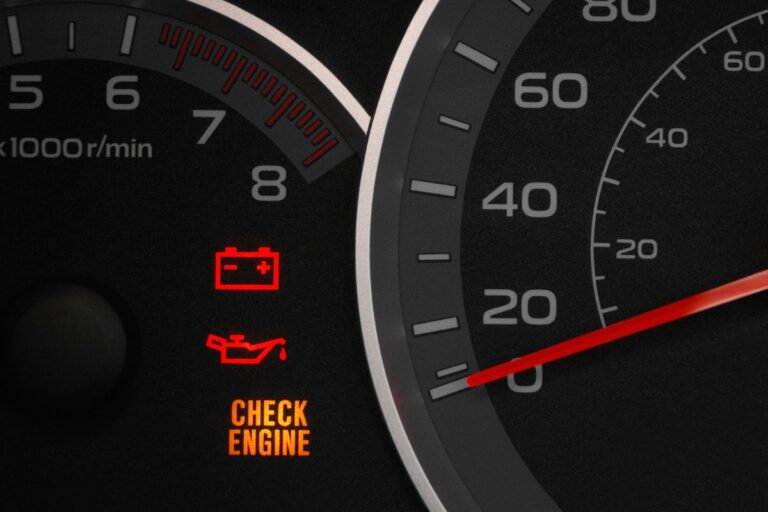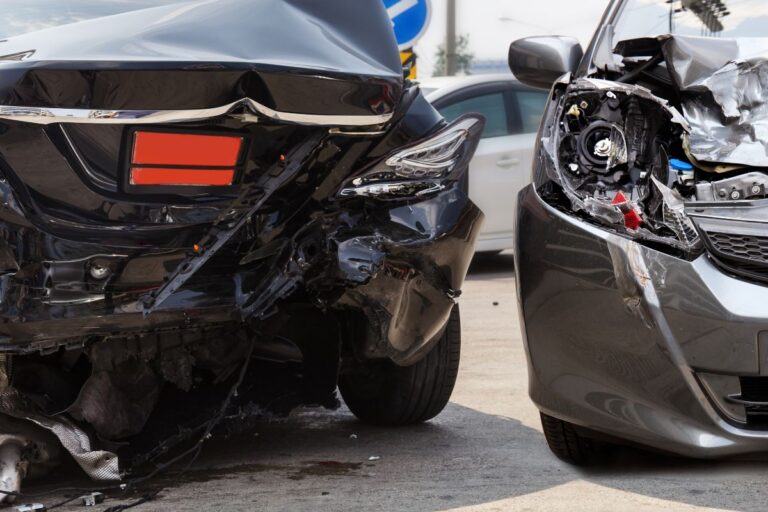You have car insurance. Home insurance. You’re covered, right? But what if a serious accident or lawsuit goes beyond your policy limits? Without umbrella insurance, your savings, home, and the next 20 years of your income could be at risk.
What Is Umbrella Insurance, Really?
Think of umbrella insurance as your financial backup plan. When your auto or homeowners insurance reaches its policy limits, umbrella insurance takes over, providing excess liability coverage that protects everything you own – and everything you’ll earn in the future.
Here’s the simple truth: If you’re found liable for damages that exceed your regular insurance limits, you become personally responsible for the difference. That means all of the following are at risk:
- Your savings and checking accounts
- Your retirement funds (401k, IRA, pension)
- Your home equity
- Your investment properties
- Your future wages through garnishment
Umbrella insurance prevents this financial catastrophe by providing additional liability coverage, typically starting at $1 million.
Understanding Policy Limits and Personal Liability
Every insurance policy has limits – the maximum amount your insurer will pay for a covered claim. Once that limit is reached, you’re personally responsible for any remaining damages.
Example: You rear-end someone at a red light while checking your phone. The other driver, a 32-year-old nurse, suffers neck and back injuries requiring surgery and three months off work. Between medical bills ($85,000), lost wages ($22,000), physical therapy ($18,000), and pain and suffering, the total claim comes to $425,000. Your auto policy has a $300,000 liability limit. Without umbrella coverage, you’re personally responsible for the remaining $125,000.
This is where umbrella insurance becomes essential. It covers that $125,000 gap, plus provides legal defense coverage (which can easily add another $50,000-100,000 to your costs).
Why Everyone Needs Umbrella Insurance (Yes, Everyone)
The biggest misconception about umbrella insurance is that it’s only for wealthy individuals.
Wrong.
If you have any income, you need umbrella insurance. Here’s why:
Your Future Income Is Your Biggest Asset
- A 35-year-old earning $50,000 annually will make $1.5 million before retirement
- A 40-year-old earning $75,000 annually will make $1.875 million before retirement
- A 30-year-old earning $100,000 annually will make $3.5 million before retirement
All of this future income can be garnished if you’re found liable for damages exceeding your insurance limits.
Umbrella insurance protects your paychecks for decades to come.
Real Scenarios Where Umbrella Insurance Saves Financial Futures

The Multi-Vehicle Accident
You’re checking your GPS and cause a three-car pileup on I-85. Here’s how quickly the costs add up:
Car #1 – The Construction Foreman:
- Air ambulance transport: $85,000
- Emergency surgery for internal injuries: $125,000
- 10 days in ICU: $80,000
- Follow-up surgeries: $95,000
- Physical therapy (18 months): $45,000
- Lost wages (6 months out of work): $35,000
- Can no longer lift heavy equipment (takes $25/hour job instead of $40/hour job): $180,000 over next 12 years
- Pain and suffering (daily pain, can’t play with kids like before): $150,000
Total: $795,000
Car #2 – The Family:
- Mother: Ambulance ($18,000)
- Broken ribs and collapsed lung treatment ($65,000)
- Lost wages ($8,000)
- Child: Ambulance ($18,000)
- Broken arm and concussion treatment ($25,000)
Total: $134,000
Your auto policy limit: 100/300/100
- $100,000 maximum per person injured
- $300,000 maximum per accident for all injuries
- $100,000 for property damage
What your insurance actually pays:
- Car #1 driver: Only $100,000 of their $795,000 claim
- Car #2 mother: Only $91,000 (hits the $100,000 per-person cap)
- Car #2 child: Full $43,000
- Property damage: $45,000 (two totaled vehicles)
Total paid by your insurance: $279,000
Amount you are responsible for: $715,000
Most people don’t realize their “full coverage” 100/300/100 policy only pays $100,000 to any single injured person. One airlift and one surgery, and you’ve already exceeded that limit. Without umbrella coverage, you’re personally responsible for every dollar above those limits.
The Swimming Pool Incident
A guest dives into your pool and suffers a spinal injury resulting in partial paralysis. Lifetime medical care, home modifications, and lost earnings total $4 million. Your homeowners policy limit: $300,000. The remaining $3.7 million becomes your personal responsibility.
The Dog Bite Disaster
Your dog attacks a child, causing severe facial injuries requiring multiple reconstructive surgeries. Medical bills, counseling, and pain and suffering awards total $850,000. Your homeowners liability coverage: $100,000. You’re personally responsible for $750,000.
The Defamation Lawsuit
Your teenager posts on social media, leading to a defamation lawsuit. Legal defense costs alone reach $200,000. Umbrella insurance covers both defense and damages.

What Umbrella Insurance
Actually Covers
Umbrella policies provide coverage beyond just adding dollars to your liability limits:
Covered Situations Include:
- Bodily injury liability
- Property damage liability
- Personal injury claims (libel, slander, defamation)
- False arrest or imprisonment
- Malicious prosecution
- Invasion of privacy
- Legal defense costs (even when you’re not at fault)
- Worldwide coverage
Key Benefit: Unlike your auto or homeowners policies, umbrella insurance often covers claims that your primary policies exclude entirely.
How Much Umbrella Coverage Do You Need?
Calculate your coverage needs by adding:
1. Current Net Worth (assets minus debts)
2. Future Income (years to retirement × annual income)
3. Risk Factors (teen drivers, pool, rental properties, etc.)
Coverage Recommendations:
- Minimum recommended: $1-2 million
- Average household: $2-3 million
- High-risk factors: $4-5 million
The premium difference between $1 million and $5 million is often minimal – sometimes just $200-300 more per year for exponentially more protection.
Understanding Umbrella Insurance Premiums
Umbrella insurance is surprisingly affordable for the protection it provides:
Typical Annual Premiums:
- $1 million coverage: $150-300
- $2 million coverage: $250-400
- $3 million coverage: $325-500
- $5 million coverage: $450-650
Factors affecting your premium:
- Number of homes, vehicles, and drivers
- Your claims history
- Risk factors (pool, trampoline, certain dog breeds)
- Underlying policy limits
Important: Most umbrella policies require minimum underlying liability limits (typically $250,000/$500,000 on auto and $300,000 on homeowners).

Common Myths About Umbrella Insurance
Myth #1: “I don’t have enough assets to need umbrella insurance”
Reality: It’s not about what you have – it’s about protecting your future income from wage garnishment.
Myth #2: “Umbrella insurance is too expensive”
Reality: Most policies cost less than $1 per day for $1 million in coverage.
Myth #3: “I’m a careful person – I won’t get sued”
Reality: 1 in 7 Americans will be involved in a liability lawsuit. Accidents happen regardless of how careful you are.
Myth #4: “My teenager is a good driver”
Reality: Drivers aged 16-19 are 3x more likely to be in a fatal crash than drivers aged 20+.
Who Absolutely Must Have Umbrella Insurance
While everyone needs umbrella coverage, these situations make it critical:
- You have teenage or college-age drivers
- You own a swimming pool or trampoline
- You have dogs (especially certain breeds)
- You own rental properties
- You serve on boards or volunteer regularly
- You have significant savings or assets
- You coach youth sports
- You entertain frequently at home
- You have a long commute or drive often
- You use social media regularly
The True Cost of Not Having Umbrella Insurance
Without umbrella coverage, a lawsuit can result in:
- Wage garnishment lasting 10-25 years
- Forced sale of your home and assets
- Liquidation of retirement accounts
- Destruction of college savings
- Bankruptcy that may not discharge the debt
- Inability to retire as planned
Compare this to an annual premium of $150-650.
The choice is clear.
Key Takeaways
- Umbrella insurance provides excess liability coverage when your auto or home policy limits aren’t enough – everyone who earns an income needs it
- It protects both current assets and future income from lawsuits and wage garnishment
- Coverage typically starts at $1 million with premiums beginning around $150-300 annually
- Without umbrella coverage, a single accident can lead to decades of financial hardship
- The premium is minimal compared to the catastrophic risk of losing 20+ years of income
Don’t wait until you need umbrella insurance to realize you should have had it. Reach out to review your liability exposure and get a personalized premium quote. Protecting your financial future starts with understanding your risks today.






